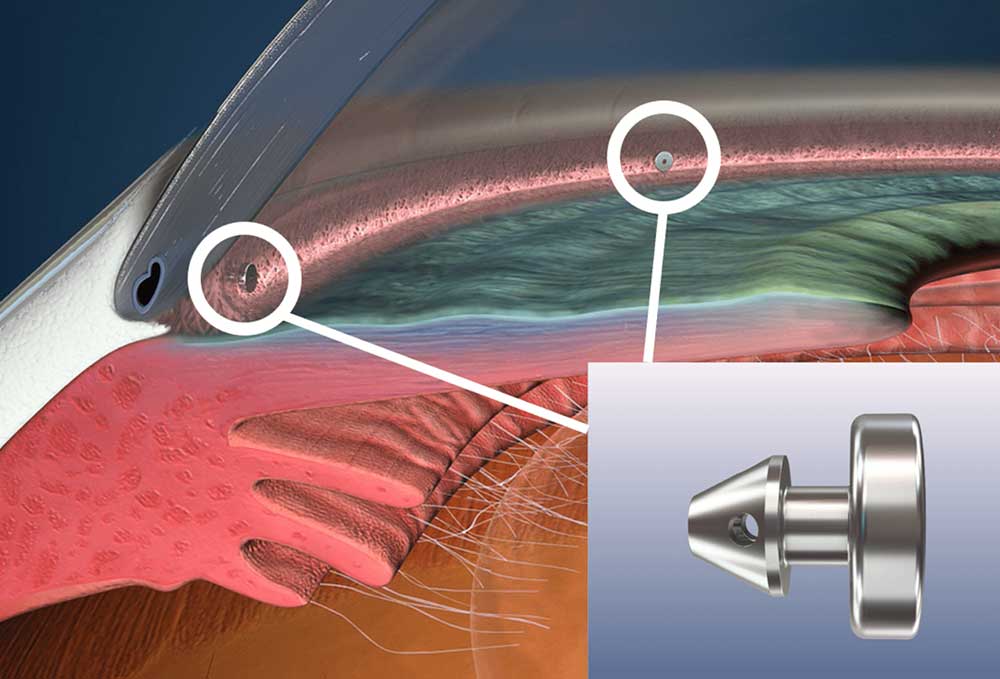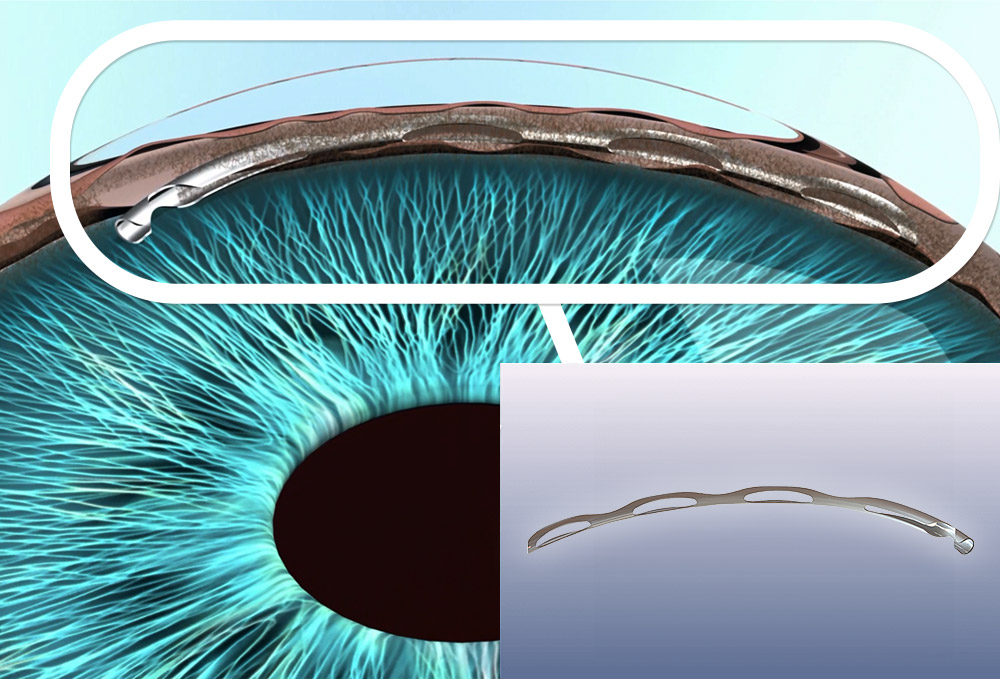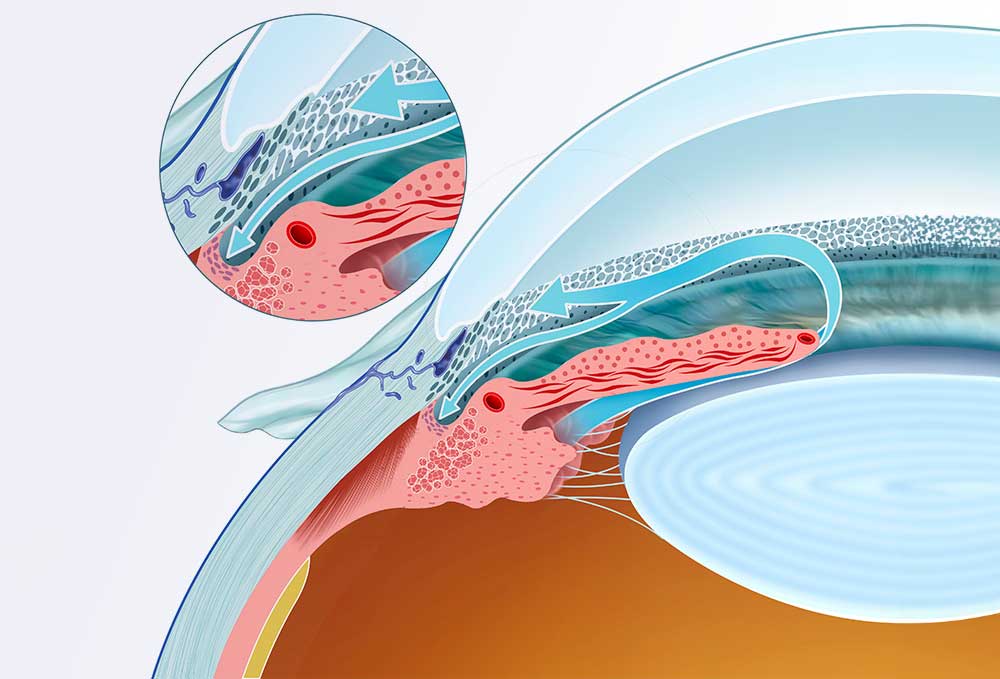Glaucoma Stent Surgery


Trabecular Meshwork Bypass with Stent Placement
Minimally Invasive Glaucoma Surgery (MIGS) in Austin, Kyle, Killeen & New Braunfels
For many patients with glaucoma, traditional surgical options can seem intimidating. Fortunately, modern techniques like Trabecular Meshwork Bypass using microstents offer a gentler, highly effective solution for reducing intraocular pressure (IOP) with minimal disruption to daily life.
At Westlake Eye Specialists, Dr. Zarmeena Vendal, MD, a Harvard-trained glaucoma expert, specializes in minimally invasive glaucoma surgery (MIGS) using advanced FDA-approved stents like the iStent Inject®, iStent Infinite®, and Alcon Hydrus®. Patients throughout Austin, Kyle, Killeen, and New Braunfels trust us to deliver surgical excellence with the comfort of in-office care and compassionate guidance.
What Is a Monofocal Intraocular Lens?
Monofocal lenses are the most commonly implanted IOLs during cataract surgery. These lenses are designed to provide sharp vision at a single focal point—typically optimized for distance vision. That means most patients who choose monofocal lenses will still need reading glasses for up-close tasks, such as reading or using a smartphone.
As leading Austin cataract surgeons, we carefully evaluate your eye health, lifestyle, and visual goals to determine whether a monofocal lens is the best option for you.

What Is Trabecular Meshwork Bypass?
Your eye has a natural drainage system that allows aqueous fluid to flow through the trabecular meshwork into Schlemm’s canal, helping to maintain normal pressure. In glaucoma, this drainage system becomes blocked or dysfunctional, leading to elevated IOP and potential optic nerve damage.
Trabecular Meshwork Bypass involves placing tiny stents into this drainage pathway to create a permanent opening, allowing fluid to bypass the diseased meshwork and flow more freely.
This method:
- Reduces intraocular pressure (IOP)
- Enhances natural fluid outflow
- Preserves tissue and minimizes inflammation
- Can be performed at the same time as cataract surgery

What Are the Different Types of Stents?
We offer the most advanced trabecular bypass stents available, tailored to each patient’s specific needs.
- iStent Inject® by Glaukos
• One of the smallest medical implants ever approved by the FDA
• Two tiny titanium stents inserted into the trabecular meshwork
• Performed during cataract surgery
• Proven to reduce IOP and medication dependency - iStent Infinite® by Glaukos
• A next-generation advancement featuring three stents
• Designed for patients with moderate to advanced primary open-angle glaucoma
• Offers greater outflow and pressure reduction than earlier devices
• Can be performed as a standalone procedure - Hydrus® Microstent by Alcon
• A flexible, 8mm scaffold that spans and dilates a full 90° of Schlemm’s canal
• Increases aqueous outflow more extensively
• Implanted during cataract surgery
• Particularly effective in combination with lens removal
All of these stents are minimally invasive, meaning no large incisions, no sutures, and minimal healing time.
Who Is a Candidate for Trabecular Bypass Surgery?
You may be a candidate if you:
- Have mild to moderate open-angle glaucoma
- Are already planning to have cataract surgery
- Need to reduce or eliminate your dependence on eye drops
- Cannot tolerate glaucoma medications
- Have progressive IOP elevation despite drops or laser
Patients with more advanced glaucoma may benefit from the iStent Infinite, which offers greater pressure relief.
Schedule an evaluation with Dr. Zarmeena Vendal to determine which MIGS procedure is best for your situation.

What to Expect: Procedure and Recovery
Trabecular meshwork stent placement is typically performed in conjunction with cataract surgery through the same tiny incision. In some cases, it may also be done as a standalone MIGS procedure.
During the Procedure:
- You’ll receive mild anesthesia and topical numbing
- Dr. Vendal will insert the stent through a tiny corneal incision
- The procedure typically takes less than 10–15 minutes
- Most patients go home the same day
Recovery:
- Minimal discomfort
- Most return to work or normal activities within 1–2 days
- Follow-up visits to monitor IOP and healing
- Eye drops may be reduced or discontinued depending on results

Benefits of Trabecular Meshwork Bypass
- Proven long-term IOP control
- Reduces or eliminates glaucoma medications
- Less risk than traditional filtering surgery
- Minimal recovery time
- Compatible with cataract surgery
- Preserves future treatment options
These procedures allow us to manage glaucoma earlier and more effectively, especially in patients already undergoing cataract surgery.
Why Westlake Eye Specialists?
- Led by Dr. Zarmeena Vendal, MD, a Harvard-trained glaucoma specialist
- Deep experience with all leading MIGS technologies
- Comprehensive care across Austin, Kyle, Killeen, and New Braunfels
- Advanced diagnostics to customize every procedure
- Clear communication and individualized care at every step
Dr. Vendal’s combination of surgical skill and patient-first philosophy makes her one of the most trusted glaucoma specialists in Central Texas.
Take the Next Step in Glaucoma Management
If you’re ready to explore a gentler, more advanced surgical solution for glaucoma, schedule your consultation today with Westlake Eye Specialists.
Call us or book online to meet with Austin glaucoma expert Dr. Zarmeena Vendal—now seeing patients in Kyle, Killeen, and New Braunfels.

